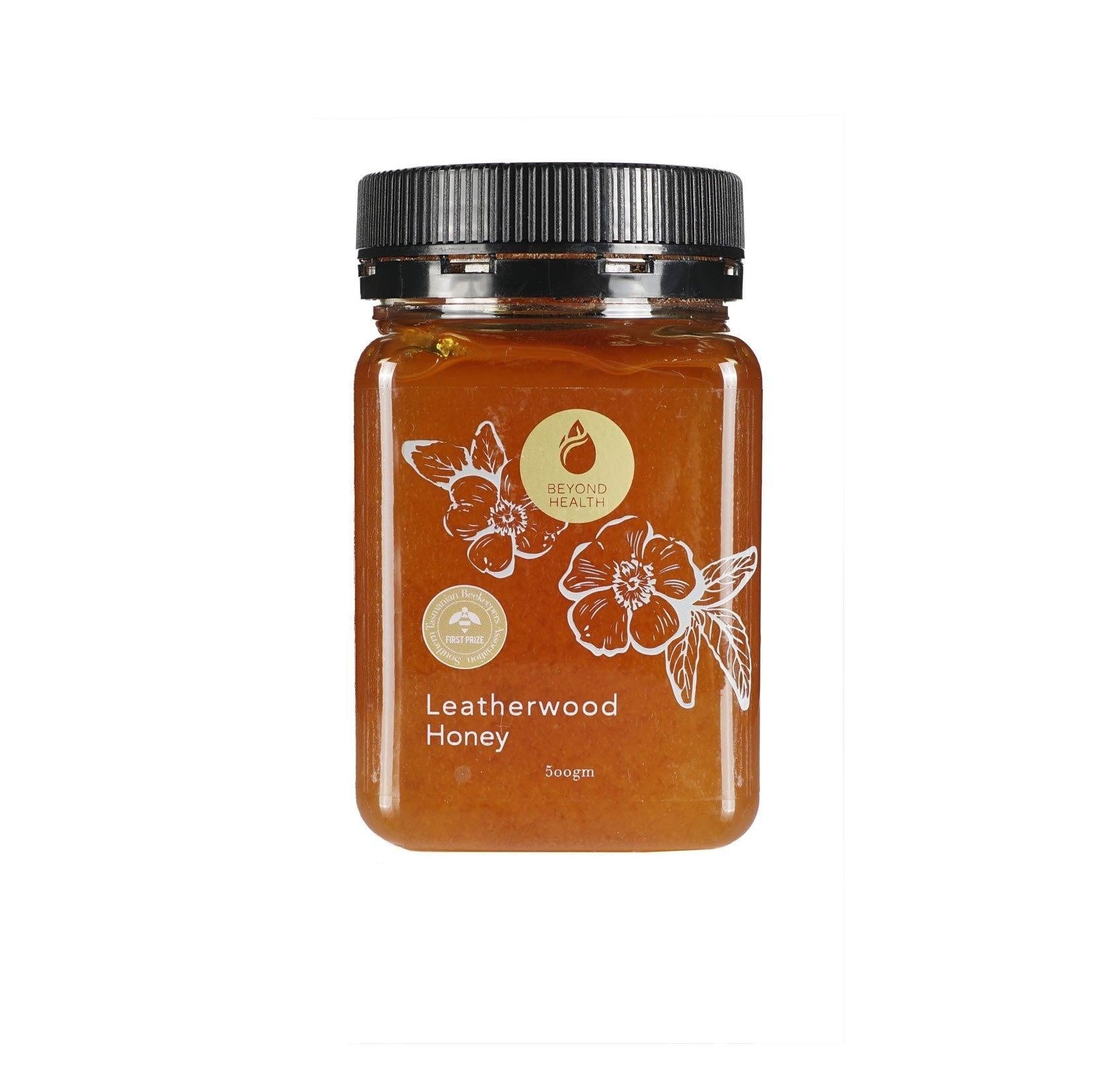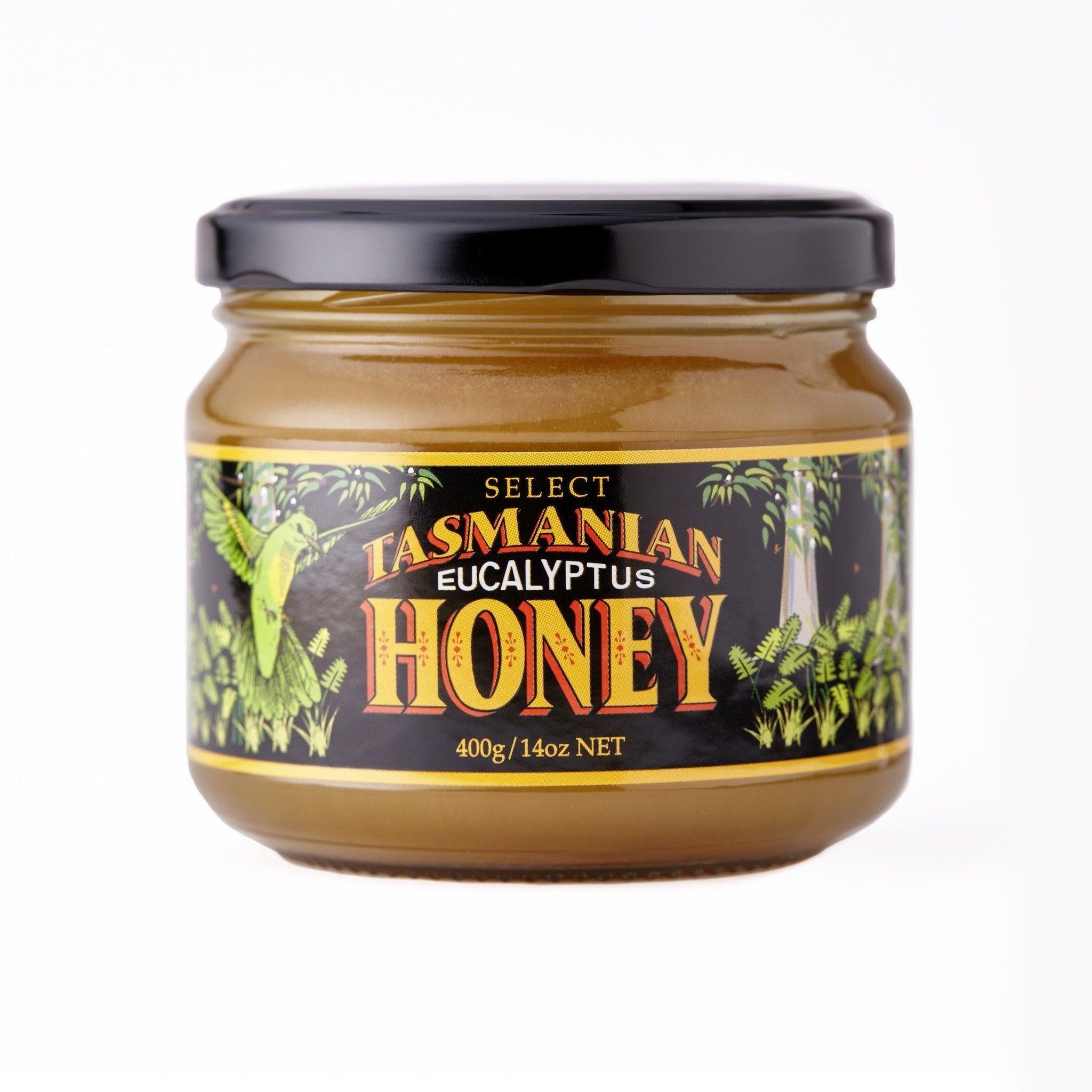Your shopping bag is empty
How to Lower Diastolic Blood Pressure
- Posted by: Enquiry Admin
- Comments: 0
- Categories: Health
High blood pressure, also known as hypertension, is a common health concern that can increase the risk of various cardiovascular problems. Diastolic blood pressure, the lower number in a blood pressure reading, represents the pressure in the arteries when the heart is at rest between beats. Elevated reading can be a cause for concern and may require lifestyle modifications to bring it within a healthy range. We aim to provide a comprehensive guide on how to naturally lower diastolic blood pressure, focusing on fitness, whole foods, weight loss, and hydration as essential components of a healthy lifestyle.
Understanding Diastolic Blood Pressure
High readings in blood pressure can indicate an increased workload on the heart and potential risks to cardiovascular health. In tandem with hypertension, kidney stones represent another health concern that can detrimentally impact an individual's well-being. When it comes to hypertension, both systolic (the pressure in the arteries when the heart beats) and diastolic (the pressure in the arteries when the heart rests between beats) blood pressure levels play a crucial role.
Elevated diastolic blood pressure, in particular, can lead to kidney complications. Hypertension alters the delicate balance of substances in urine, making it more conducive to kidney stone formation. Additionally, it can impair kidney function. With that, it hampers the organ's ability to regulate minerals and fluids effectively. Hence, it would contribute to the formation of kidney stones. Therefore, managing both systolic and diastolic blood pressure through lifestyle changes and medications is vital not only for heart health but also for reducing the risk of kidney stones and maintaining optimal kidney function.
Individuals with high blood pressure must remain vigilant about the potential risks associated with kidney stones, taking proactive measures to prevent their formation. Adequate hydration, a balanced diet low in sodium and oxalate-rich foods, and regular medical check-ups are essential steps in minimizing the likelihood of both high diastolic blood pressure and kidney stones. By addressing these interconnected health concerns comprehensively, individuals can significantly improve their overall health and reduce the risks associated with hypertension and kidney stones.
Lifestyle modifications can play a significant role in managing and reducing diastolic blood pressure.
Relationship Between High Cholesterol and High Diastolic Blood Pressure
The relationship between high cholesterol and high diastolic blood pressure is intricate and poses significant risks to cardiovascular health. Elevated levels of LDL cholesterol, often referred to as "bad cholesterol," can lead to the formation of arterial plaques. In turn, it narrows blood vessels and impeding the flow of blood. When combined with high diastolic blood pressure, the pressure in the arteries between heartbeats, these plaques can cause further damage to the arteries. High diastolic blood pressure means the heart is not effectively resting between beats, putting continuous stress on the arteries and increasing the risk of complications.
This combination significantly raises the likelihood of heart-related issues. Therefore, it is essential for individuals to manage both cholesterol and diastolic blood pressure levels diligently.
Strategies to Lower Diastolic Blood Pressure Naturally
Prioritize Regular Physical Activity and Fitness:
Engaging in regular exercise and maintaining an active lifestyle can have a positive impact on diastolic blood pressure. Activities such as aerobic exercises, strength training, and cardiovascular workouts can help improve heart function, promote healthy blood flow, and reduce overall blood pressure levels. It is important to consult with healthcare professionals to determine the appropriate exercise routine based on individual health conditions and fitness levels.
Embrace a Whole Foods Approach to Lower Blood Pressure:
Adopting a whole foods-based diet can contribute to lowering diastolic blood pressure. This approach emphasizes the consumption of fresh fruits, vegetables, whole grains, lean proteins, and healthy fats. These foods are rich in essential nutrients, such as potassium, magnesium, and fiber, which have been linked to promoting healthy blood pressure levels. Additionally, reducing the intake of processed and high-sodium foods is crucial for managing blood pressure.
Achieve and Maintain a Healthy Weight:
Weight loss and maintaining a healthy weight can significantly impact blood pressure levels, including diastolic blood pressure. Excess weight puts additional strain on the heart and blood vessels, increasing the risk of hypertension. Incorporating a balanced diet and regular physical activity can help in meeting weight loss goals and subsequently lower the reading. It is important to consult with healthcare professionals to establish realistic weight loss targets and develop a personalized plan.
Optimal Hydration:
Proper hydration plays a vital role in maintaining healthy blood pressure levels. Because drinking an enough amount of water throughout the day helps support optimal blood volume and circulation. Also, it is recommended to limit the intake of sugary beverages and alcohol, which can negatively affect diastolic blood pressure. Therefore, you should consult with healthcare professionals to provide guidance on appropriate hydration levels based on individual needs.
Sources
- "Understanding Blood Pressure Readings" - American Heart Association. Link
- "Physical Activity and Blood Pressure" - American Heart Association. Link
- "Dietary Approaches to Prevent and Treat Hypertension" - American Heart Association. Link
- "Weight Loss: Choosing a Diet That's Right for You" - Mayo Clinic. Link
- "How Does Drinking Water Help Lower High Blood Pressure?" - American Heart Association. Link
Conclusion
Lowering diastolic blood pressure naturally involves a holistic approach that includes regular physical activity, a whole foods-based diet, weight management, and optimal hydration. These lifestyle modifications, when implemented together, can have a positive impact on blood pressure levels and overall cardiovascular health. It is important to remember that individual needs and health conditions may vary, and consulting with healthcare professionals is important for personalized advice and guidance. By including these strategies into daily life, individuals can take control of their blood pressure and promote long-term well-being.






